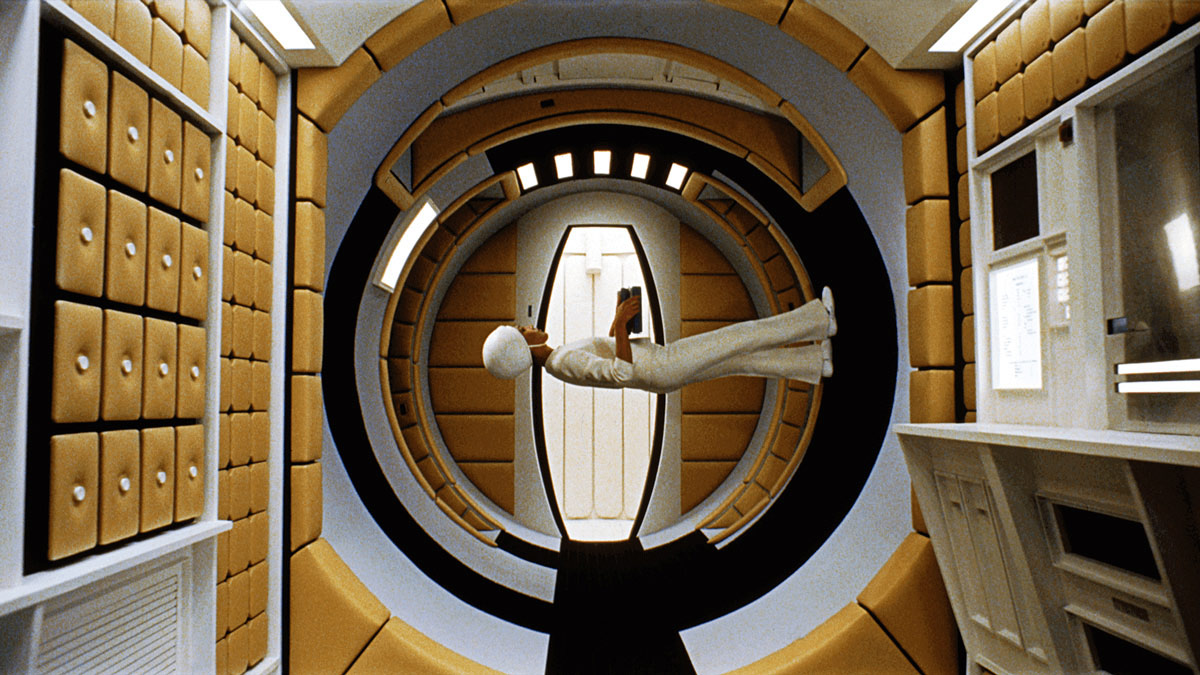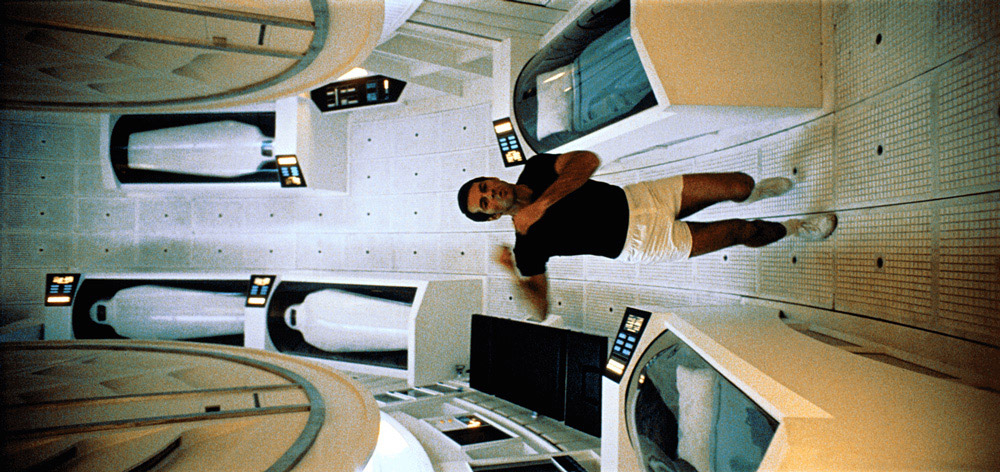
(c)1968 Turner Entertainment Co. All rights reserved.
What is the significance of watching ``2001: A Space Odyssey'' in 70mm print and IMAX digital?
2018.10.02
How did the 70mm film standard come about?
Depending on your generation, it may not make sense to you, so I'd like to add that 70mm refers to the size of the film. In the past, the standard for commercial films was 35mm film, with an aspect ratio based on the Academy Ratio of 1:1.375. Then, in the 1950s, as if to resist the spread of television, a new innovation was introduced in movies: wide screens.
The impetus for this development was ``Cinerama'', in which images shot with three 35mm cameras are projected onto a curved screen (120 to 146 degrees) using three projectors to project large images (width: 1 x 2.66 to 2.88). It is an appearance. Starting with this Cinerama, ``CinemaScope'' (1:2.35 in height and width), which provides horizontally long images using anamorphic (35mm film is compressed through a distorted lens and expanded at the time of screening), was born, and movies rapidly became popular. This expanded the widescreen market.
Furthermore, in order to eliminate Cinerama's inefficiency of 35mm x 3 simultaneous projection and the field aberration (blur) that occurs with CinemaScope, widescreens with higher image quality were developed, and the film itself was made larger. The ``70mm'' was born.

“2001: A Space Odyssey” (c)1968 Turner Entertainment Co. All rights reserved.
This method, which aims to create a wide screen with a normal image rather than dividing or compressing it, uses 65mm negative film for shooting and prints it on a 70mm positive (the 5mm area on each side is used for the soundtrack). So originally it should be called ``65/70mm,'' but for convenience, people tend to call it ``70mm.'' Since 70mm has a large area, the image quality is extremely high-definition, and it can provide the audience with a huge and powerful video experience. On the other hand, although the disadvantage is that the dedicated camera equipment is heavy, the high quality and rich amount of image information obtained from this format has an overwhelming appeal that cannot be matched by a home TV.
The 70mm film from ``2001: A Space Odyssey'' is called ``Super Panavision 70'', and is a marketing brand that uses Panavision's spherical lens and conforms to the 70mm uniform standard with an aspect ratio of 1:2.20. is. Other films that were filmed here include `` West Side Story '' (1961), `` Lawrence of Arabia '' (1962), and `` My Fair Lady '' (1964).

